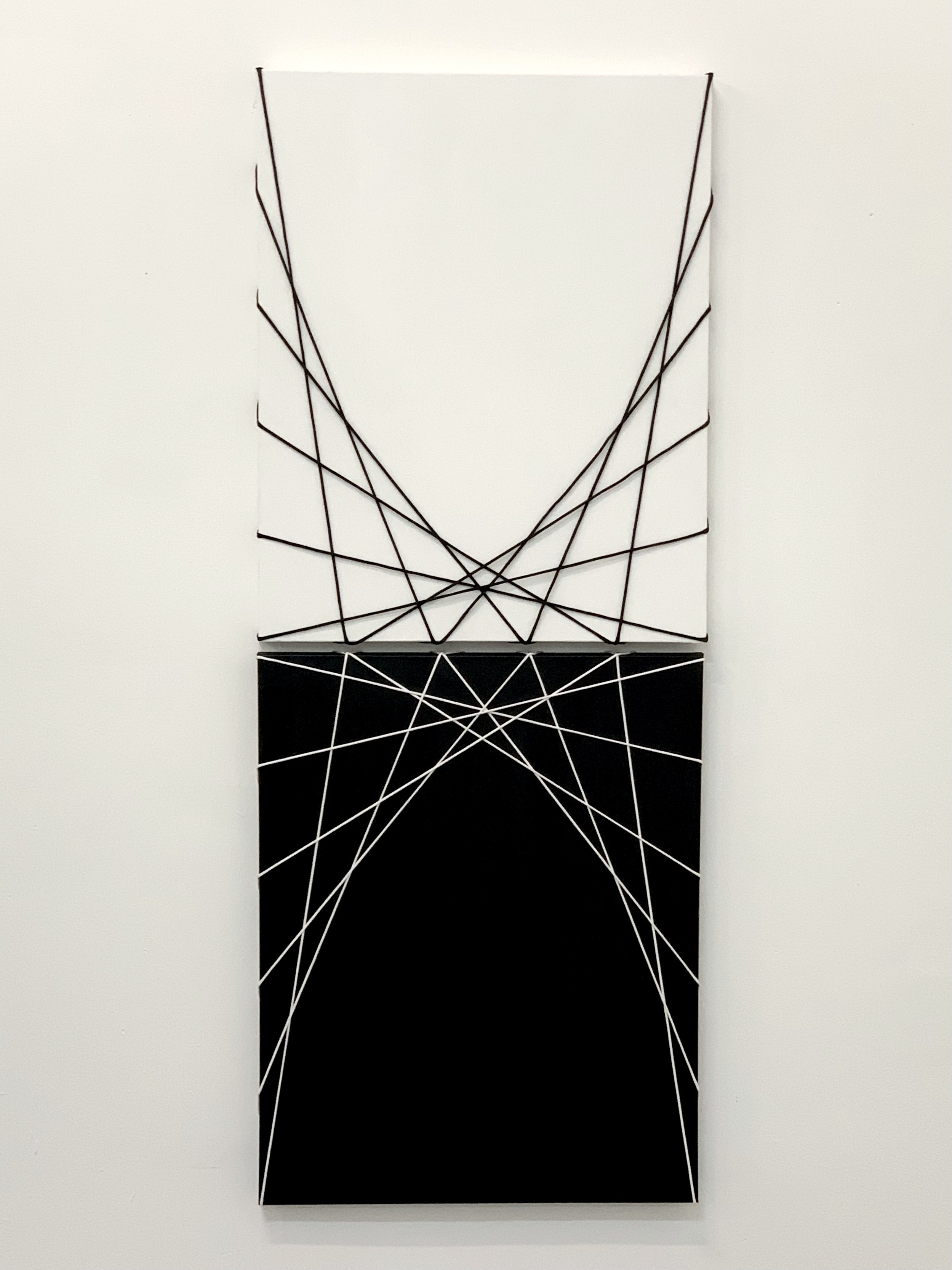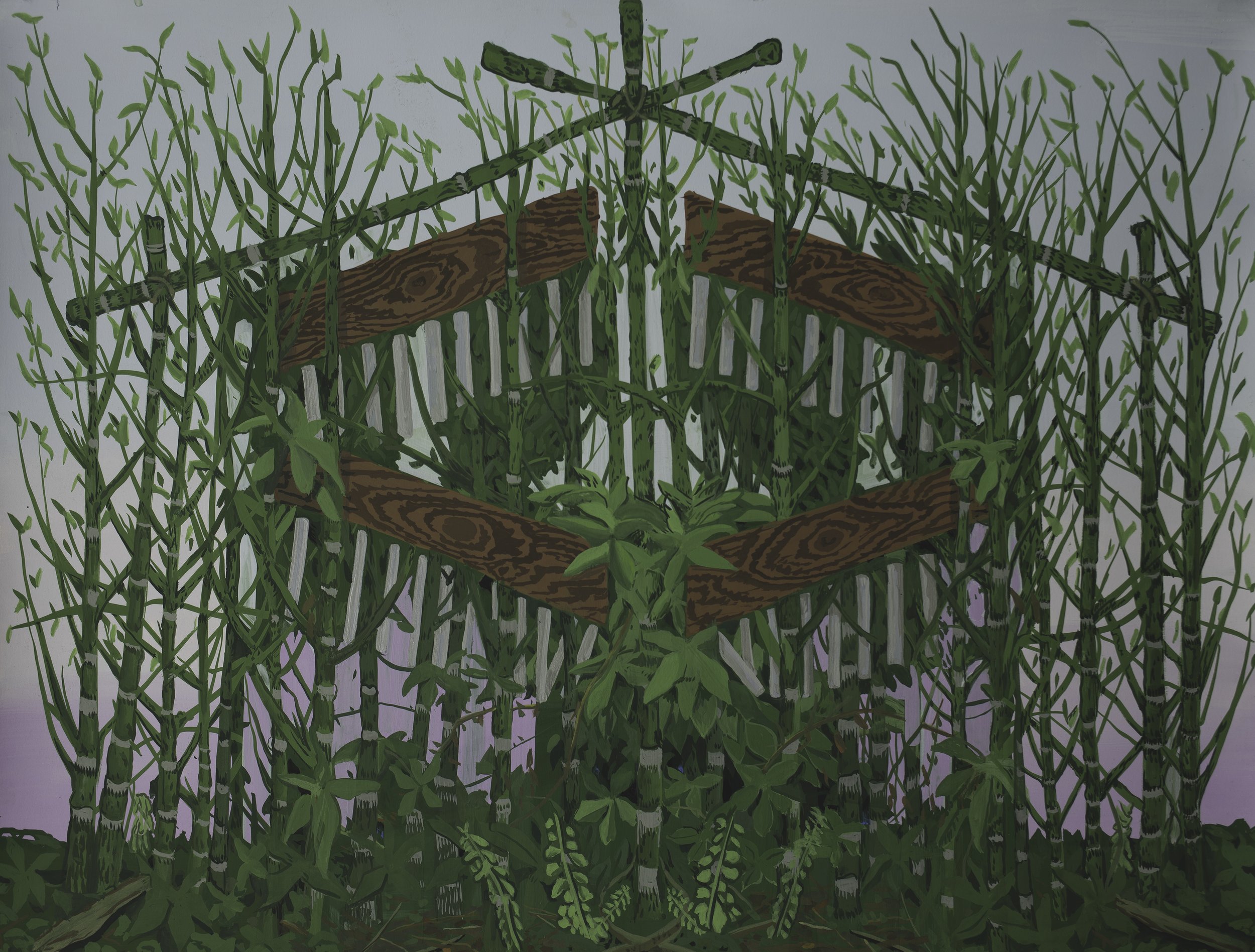Laurie Riccadonna Vanitas

By ANNA EHRSAM
Laurie Riccadonna Vanitas
Painting Center: February 4 - March 1, 2025
Laurie Riccadonna’s paintings at The Painting Center shimmer with jewel-like hues and intricate precision, evoking the sublime beauty of the ocean. But as the eye lingers, the illusion fractures. What initially appears to be a tranquil seascape reveals itself as a suffocating mass of plastic debris, where nature struggles against an ever-expanding tide of synthetic waste. Through her masterful technique, Riccadonna draws viewers in with beauty, only to confront them with the stark reality of environmental collapse.
Ever After, 2025, oil on canvas, 47’’×62
’’Rooted in the vanitas tradition, these paintings meditate on the fragility of life, the transience of nature, and the consequences of unchecked human consumption. Instead of the decaying fruit and skulls of Dutch still lifes, Riccadonna’s compositions feature bleached coral, waters teeming with microplastics, and scattered jigsaw puzzle fragments—symbols of an Earth that is disintegrating before our eyes. Yet, rather than simply mourning what has been lost, her work issues a challenge: will we continue down this path, or will we choose to act?
One of the most striking aspects of her paintings is the contrast between aesthetic allure and ecological devastation. The surfaces are rich with exquisite detail, each brushstroke seducing the viewer into a world that is simultaneously dazzling and disturbing. The deeper one looks, the more disturbing the imagery becomes—plastic reefs replace coral, debris clogs the water, and the ocean no longer breathes freely. These compositions do not merely depict a possible future; they demand that we acknowledge the consequences of our present actions.
A particularly haunting element in Riccadonna’s work is her use of jigsaw puzzle fragments, which float amid the wreckage. These pieces suggest memory, loss, and the fragmented state of the natural world, as if we are on the verge of losing the final pieces of an ecosystem that once thrived. They raise an urgent question: will we act in time to put the pieces back together, or will they remain scattered and irretrievable?
In an era where environmental catastrophe is no longer a distant threat but a daily reality, Riccadonna’s paintings serve as both a wake-up call and a plea for action. She aligns with contemporary artists like Agnes Denes and Alexis Rockman, who use beauty as a tool to engage audiences in environmental activism. In this way, her work embodies Dostoevsky’s idea that “beauty will save the world”—not as a passive sentiment, but as an urgent call to awareness and responsibility.
This exhibition does not allow the viewer to remain indifferent. Riccadonna’s paintings force us to see the consequences of our choices, to feel the weight of what is at stake, and to recognize that we are not powerless. As Rebecca Solnit writes, “What has been lost can never be fully restored, but it can be remembered, and in remembering, we find the seeds of change.” Riccadonna’s work lives in this space—a place where remembrance fuels action, and where beauty serves not only to enchant but to ignite change.
In Ever After and the surrounding works, the past and future collide in a battle for survival. The question she poses is clear: will we continue to let nature drown in our waste, or will we fight to save what remains? Riccadonna leaves the answer in our hands. www.lauriericcadonna.com





